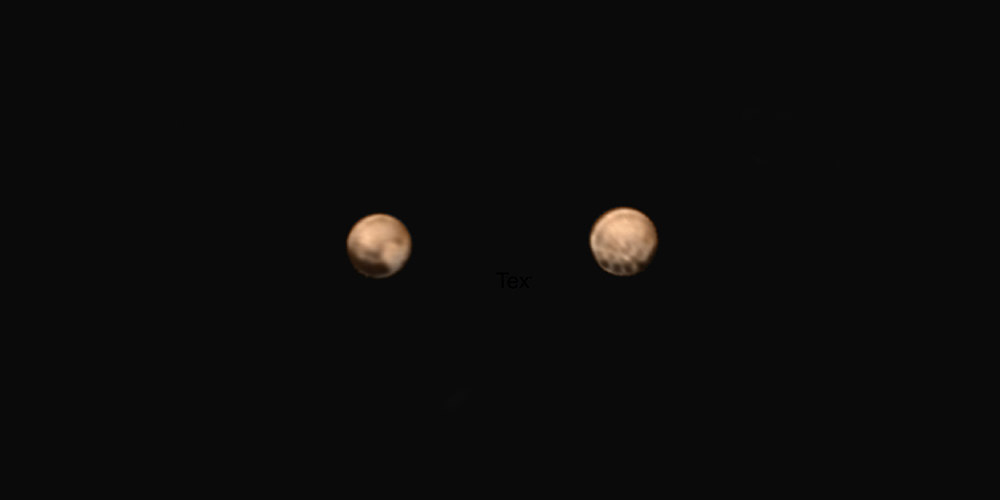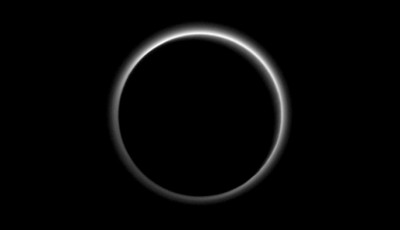Pluto shows mysterious spots in new NASA photos
New images of Pluto released by NASA’s New Horizons mission promises a rare insight of the mysterious planet though what is intriguing scientists most right now are four dark spots lining the dwarf planet’s equator.
Time-lapse movie consisting of images acquired by the New Horizons spacecraft as it approached Pluto and Charon between May 28 and June 25, 2015. NASA noted that the spots are evenly spaced and most appear to have a rough diameter of 480 kilometers (300 miles). But nobody knows what the are.
“We can see very large regional differences in brightness across the planet”, said principal investigator Alan Stern from the Southwest Research Institute. The image is the latest from the New Horizons spacecraft, which is en route to a Pluto fly-by on 14 July, and is a composite of pictures taken by two of the spacecraft’s instruments.
It has been informed that the spacecraft has made its last planned targeting manoeuvre, the New Horizons’ 23-second thruster burn, as it gears for the July 14 event.
If all goes well, we’ll see even better shots of Pluto in the coming days – and get the data we need to truly understand the features we spot.
The infrared spectrometer on the New Horizons spacecraft has detected frozen methane on Pluto’s surface; Earth-based astronomers first observed the chemical compound on Pluto in 1976.
Astronomically Pluto is a dwarf planet, and since back in 2006 it’s no longer officially a planet in our solar system.
After a seven-week search for any dust clouds, rings or other potential hazards that could force a course correction for the spacecraft – about the size of a grand piano – the New Horizons team has decided the craft will remain on its original course through the Pluto system.
As Charon circles Pluto in the gif, the moon’s dark pole starts to revolve and Pluto’s odd dark and light patches become more clear. New Horizons Does!
NASA speculates that Pluto inherited its methane from the time the of the solar system’s creation, about 4.5 billion years ago.
Getting on track hasn’t been the only thing New Horizons is doing on its approach to the historic close pass over Pluto.
Scientists and researchers involved in the New Horizons mission aren’t completely positive about what the space probe will find on Pluto. New Horizons is part of the New Frontiers Program managed by NASA’s Marshall Space Flight Center in Huntsville, Alabama.












